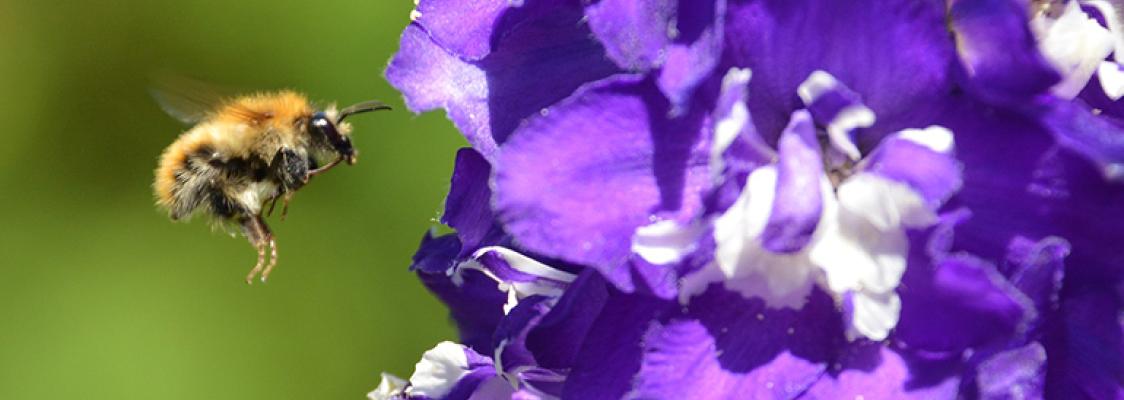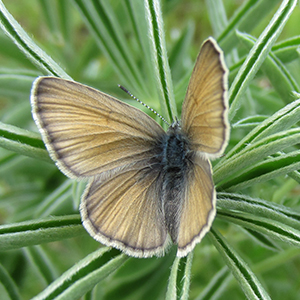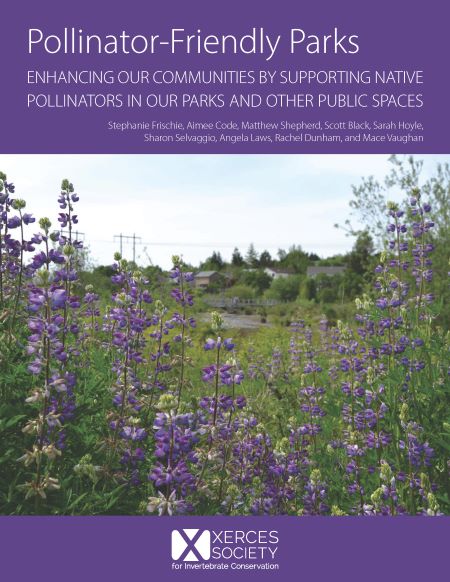Pollinators are an accessible and easy-to-understand gateway to the larger natural world. You can explore the role of pollinators in virtually any landscape and share the ecology of these fascinating animals with youth and community groups of any age and any background. Learn to identify the common groups of pollinators in your region, contribute to grassroots science, and become a community leader by sharing the pollinator conservation message.
Learn About Invertebrates
Invertebrates are a part of every ecosystem on Earth, they are truly the “little things that run the world”. Learn more about invertebrates, including profiles of endangered and at-risk species and their unique conservation needs.
Who Are the Pollinators?
While birds, bats, and even some mammals function as pollinators, it’s the insects that do the bulk of the pollination that affects our daily lives. Find out more about the main groups of insect pollinators.
Contribute to Community Science Efforts
Every day community scientists are participating in a variety of projects that are contributing meaningful data to inform conservation. Community science projects are also a great way to guide classroom exploration. Explore the many projects available and get involved!
Browse our Publications Library
We produce dozens of publications annually on a variety of subjects related to invertebrate conservation. Fact sheets, brochures, guidelines, and more are available in our Publications Library.










